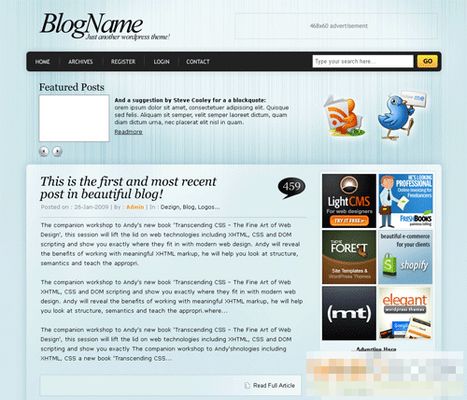- By CFD Trading
- 2025-09-28 09:20

Scaling Plans and How They Affect Payout Percentages at Prop Firms
"Trade smarter. Grow bigger. Get paid better."
The world of proprietary trading is more than charts and market orders — it’s about balancing skill, discipline, and opportunity. For many traders stepping into a prop firm, the real magic happens when you hit growth unlocks through scaling plans. These plans aren’t just a nice perk; they often decide how much of your hard-earned profit stays in your pocket. Let’s break down how scaling actually works, why payout percentages are tied to it, and what this means for traders navigating forex, stocks, crypto, and beyond.
What Exactly Is a Scaling Plan?
A scaling plan is essentially a growth ladder inside a prop trading firm. Instead of starting you with massive capital on day one, the firm lets you prove you can manage a smaller account and then gradually increases the size as you hit performance benchmarks. That could mean doubling your account size every time you clear a profit target without overshooting drawdown limits.
Here’s the twist: in many firms, payout percentages improve as your account size grows. That means you might start at a 70% profit split, and once you’ve scaled a few times, you could move toward 80%, 85%, or even 90%. The firm rewards not just profitability, but consistency — because consistent traders are lower risk and can be entrusted with larger capital.
Why Payout Percentages Shift With Scaling
The logic is simple: when you prove you can trade more capital without blowing it, you become more valuable to the firm. Bigger accounts can deliver larger absolute profits, and the firm’s confidence translates into better splits.
Example:
- Stage 1: $25K account, 70% payout
- Stage 4: $200K account, 85% payout
A trader hitting scaling milestones has essentially shown they’re capable of weathering market swings — in forex pairs like EUR/USD, volatility in crypto such as BTC or ETH, or sudden shifts in indices like the S&P 500. That risk discipline is what drives the bump in payouts.
Hidden Benefits of Scaling Beyond the Obvious
A lot of traders only focus on “more capital means more money,” but scaling plans build something more important: psychological conditioning. You learn to size positions responsibly, avoid emotional trading, and treat each growth step like a fresh challenge.
Over time, these habits spill over into other instruments — whether that’s options trading with complex spreads, commodities like gold and oil, or even algorithmic setups in decentralized markets.
Some firms also throw in perks at higher scale levels: reduced commission rates, priority withdrawals, and even early access to new asset classes. That’s where scaling transforms from a numbers game into long-term career leverage.
Industry Outlook and Future Trends
Prop trading isn’t standing still. The appeal is growing across asset classes — forex retains its lightning speed, stocks offer the depth of data, crypto brings 24/7 liquidity, and commodities hedge against macro shocks.
Decentralized finance (DeFi) is a new wild card. Imagine completely blockchain-based prop firms using smart contracts to distribute payouts automatically, removing the delay from human approvals. The challenge? Volatility and counterparty risk in DeFi are higher, and traders must adapt to protocols instead of conventional brokerage rules.
AI-driven trading strategies are another big shift. Scaling plans will likely evolve to measure not just raw PnL, but algorithm stability, model performance, and correlation risk. Traders who can blend human insight with AI execution will be in prime position when payout models tighten around efficiency metrics.
Strategy Tips for Thriving Under Scaling Plans
- Treat each scale tier like a separate evaluation. Avoid overleveraging just because your account size jumped.
- Maintain a risk-per-trade percentage, not a dollar amount — this keeps your discipline intact on larger accounts.
- Diversify across asset classes as you grow. A drawdown in crypto might be offset by gains in indices or commodities.
- Don’t chase the payout percentage at the expense of consistent profitability; the bigger split doesn’t matter if the account isn’t compounding.
Wrapping It Up
Scaling plans are the bridge between being “just another trader” and running capital as if it were your own hedge fund. The payout percentage isn’t just a bonus — it’s an indicator of trust, resilience, and market maturity.
"Hit the targets, climb the scale, own your percentage."
For traders willing to play the long game, these plans both sharpen your edge and fatten your payout. In an industry moving toward decentralized execution and AI-powered strategies, mastering scaling today is your ticket to staying ahead tomorrow.
If you want, I can also give you a condensed promotional version of this article that’s crafted in a sharper, more marketing-heavy tone, so it grabs eyeballs on social media and funnels people into reading the fullAlright, let’s flip the tone and make it scroll-stopping.
Here’s the condensed, punchier, promo-style version — something you could throw on LinkedIn, Twitter, or a trading Telegram channel and actually get clicks.



